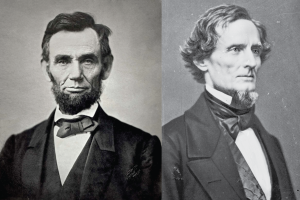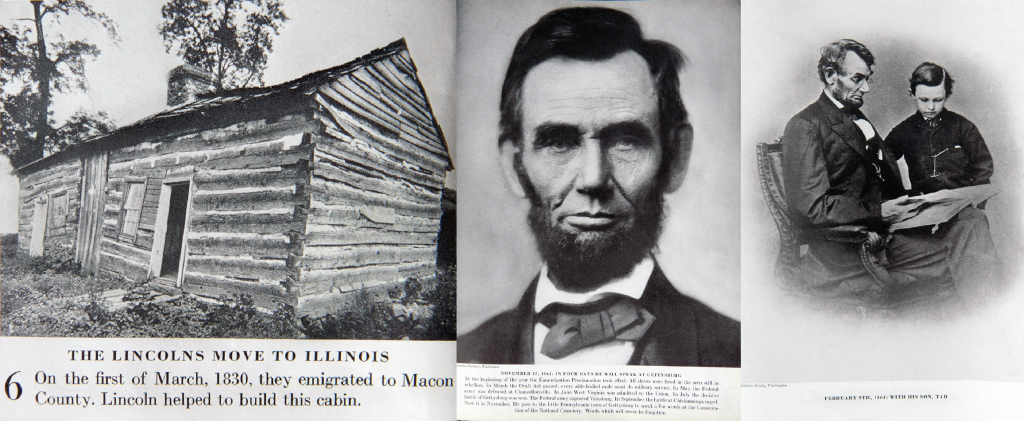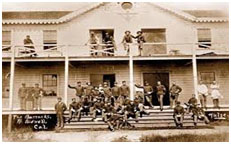Ted Savas on “Lincoln and Davis at War”
Ted discussed how the presidents of the Union and the Confederacy approached the war in terms of weaponry and objectives, offering fresh and often humorous insights on Lincoln and Davis, their chief subordinates, the choices they made, and the challenges they faced as they fought the Civil War.
Theodore P. Savas graduated from The University of Iowa College of Law in 1986 (With Distinction). He practiced law in Silicon Valley for twelve years before moving to El Dorado Hills. He co-founded Savas Woodbury Publishers (subsequently Savas Publishing) in 1990 with David Woodbury, and is the owner and managing director of Savas Beatie LLC, one of the largest independent Civil War publishers in the world. He has been teaching legal, history, and business college classes since 1992, and is the author or editor of fourteen books (published in six languages) including A Guide to the Battles of the American Revolution, Hunt and Kill: U-505 and the U-Boat War in the Atlantic, and Silent Hunters: German U-boat Commanders of World War II. While in San Jose he founded the South Bay Civil War Round Table in 1989; its first meeting of four people was held in his living room.



